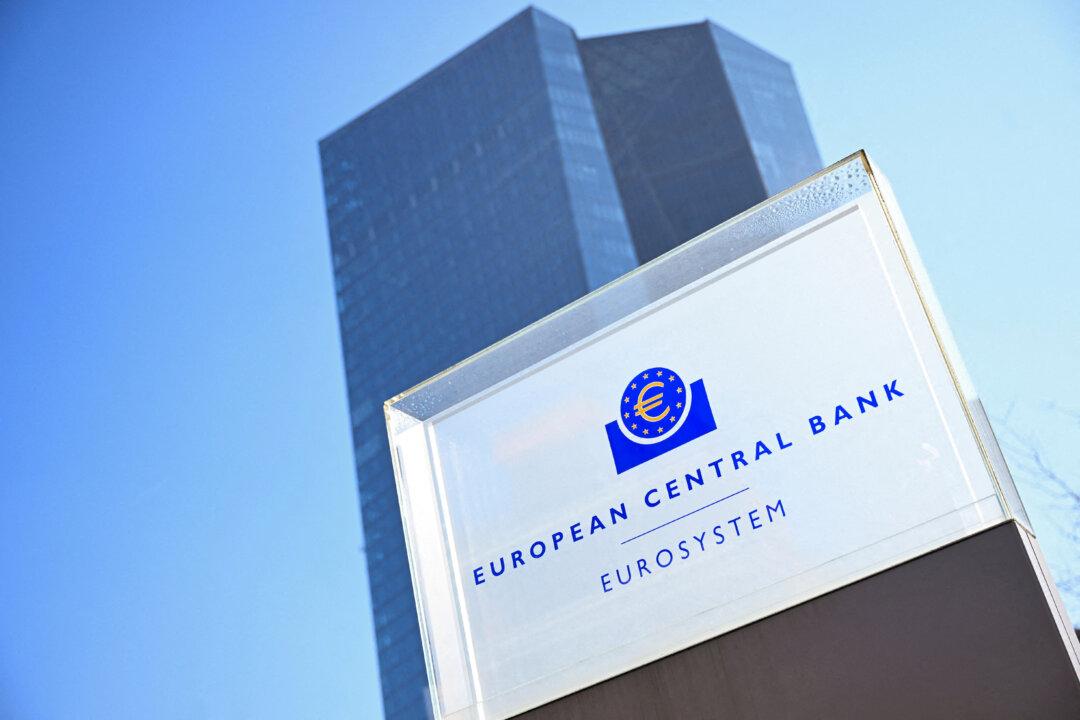The European Central Bank (ECB) has cut interest rates by 25 basis points, citing easing inflation and rising downside risks to economic growth, including escalating global trade tensions and weakening business confidence across the euro area.
The main refinancing rate and marginal lending facility were also reduced to 2.4 percent and 2.65 percent, respectively. The changes take effect on April 23.
In a statement, the ECB said the disinflation process is “well on track,” with both headline and core inflation easing in March. Services inflation, which had remained stubbornly high, has also shown notable declines. Wage growth is moderating, and underlying inflation measures suggest a sustained return to the bank’s 2 percent medium-term target.
The ECB’s governing council said that despite past efforts to bolster resilience in the euro area against global shocks, rising trade tensions were dimming the economic outlook.
“Increased uncertainty is likely to reduce confidence among households and firms,” the council stated, warning that the adverse market response to rising trade tensions will probably lead to tighter financing conditions. “These factors may further weigh on the economic outlook for the euro area.”
At a press conference following the decision, ECB President Christine Lagarde reinforced the council’s message, warning that downside risks to growth have intensified due to new trade barriers, geopolitical instability, and deteriorating sentiment in financial markets.
Consumer spending is a key pillar of euro area economic activity, just as it is in the United States, where it accounts for roughly two-thirds of gross domestic product. As such, a pullback in household spending could have a major impact on growth in the bloc.
Lagarde noted that while the euro area economy has shown some resilience—supported by a strong labor market, real income gains, and early signs of manufacturing stabilization—the broader environment remains fragile. First-quarter growth is expected to be positive, but the outlook has dimmed since the ECB’s March meeting.
“Downside risks to economic growth have increased,” Lagarde said, adding that rising global trade tensions and associated uncertainties are poised to dampen exports and lower euro area growth, potentially also dragging down investment and consumption.
Annual inflation in the euro area dipped to 2.2 percent in March, with energy prices declining and services inflation falling to 3.5 percent, half a percentage point below end-2024 levels. Wage pressures are easing, with the annual growth rate in compensation per employee slowing to 4.1 percent in the fourth quarter of 2024, down from 4.5 percent in the July–September quarter.
Lagarde also pointed to external factors likely to push inflation lower. These include a stronger euro, falling global energy prices, and the possibility that Chinese exporters, facing high U.S. tariffs, may redirect goods to the European market, placing downward pressure on prices.
By contrast, factors that could raise inflation include a boost in defense and infrastructure spending, as well as fragmentation of global supply chains, which could push up the prices of imported goods, she noted.
Despite stating that it views the current economic outlook as highly uncertain and sees risks to growth as substantial, the ECB offered no firm signal on the future policy path. Lagarde said the central bank remains “data-dependent” and will maintain its meeting-by-meeting approach, without pre-committing to any particular trajectory for interest rates.
Markets still expect at least two more cuts from the ECB this year, and some analysts see room for a third, depending on how the economy evolves. However, the ECB emphasized that any future moves would hinge on incoming data, the path of underlying inflation, and assessments of the impact of monetary policy.
Lagarde said at the press conference that policymakers debated a bigger 50-basis-point cut at today’s meeting but that ultimately, the decision for a smaller, quarter-point cut was unanimous.
Analysts at ING saw the 25-basis point cut as a reflection of heightened uncertainty, including around the possibility of positive surprises.
They added that Lagarde’s closing remarks at the press conference—calling on eurozone governments to pursue long-overdue reforms—were a quiet but clear sign of admission that the central bank alone cannot address the bloc’s economic challenges.
“We are convinced that there are more rate cuts to come,” the ING analysts wrote. “The ECB’s sense of urgency has clearly increased.”







